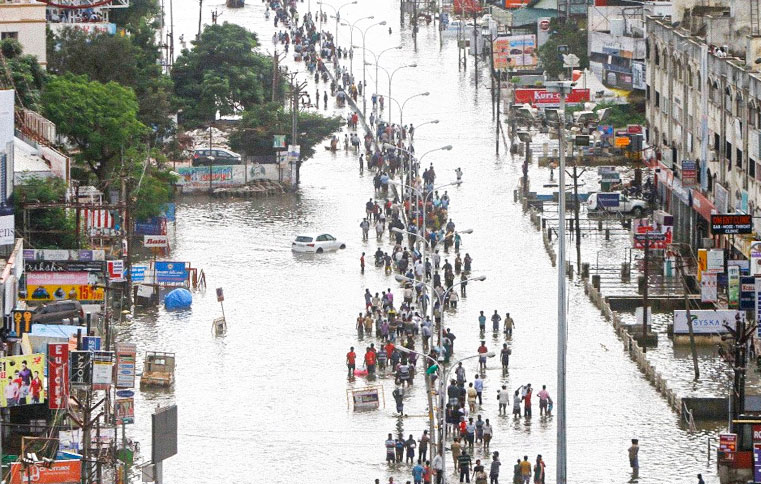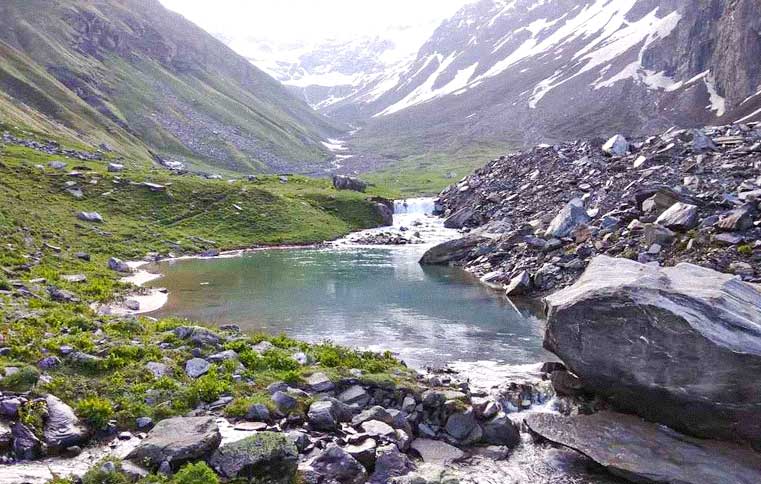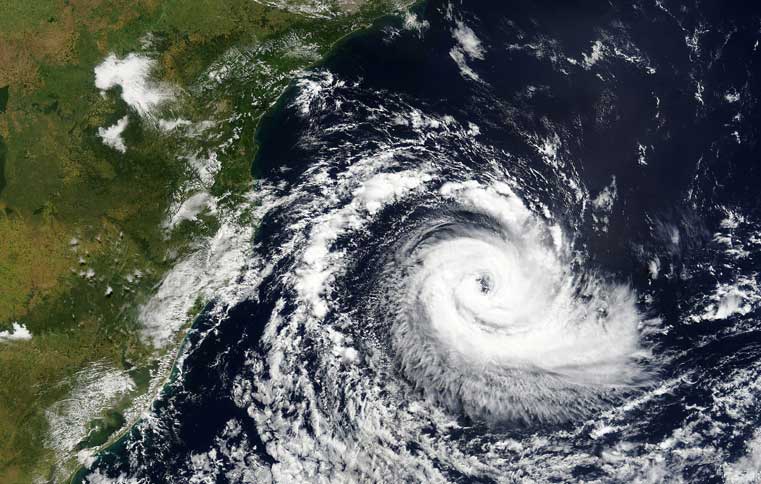How does water crisis affect the economy?
By: Divya Mahajan | Date: 25th May 2020

Water is considered as one of the ‘Pancha-Mahabhutaa’ according to the sacred Vedas. Water is considered life, since no organism would be alive without water. In today’s world, our lives are surrounded and run because of another fluid natured entity “MONEY”.
Surprisingly enough, and knowing well that although water is life, and money is something because of which our lives run, we do not value water as much as we do to money. Benjamin Franklin has correctly said “When the well’s dry, shall we know the importance of water.”
Water being the basis of life, healthcare, education, economic production and social activities is in tremendous danger and with that are our lives, as well as the economy.
It has been predicted that by 2025, 2/3rd of the globe will be in shortage of water and yet many economic organisations fail to mention how the economy is getting affected by the water crisis.
The Agricultural Industry is the largest contributor to water scarcity and yet is highly dependent on the water supply. This industry accounts for about 70% of the total freshwater and about 60% of it is lost due to problems such as irrigation system leaks and inefficient infrastructures.
UNESCO(United nations Educational, Scientific and Cultural Organisation) has stated that is takes about 3cubic meter of water to grow just a kilogram of rice! In places like Morocco, the diminishing supply of fresh water has led to environmental deterioration and land for agriculture and the loss is estimated to be around $350 USD.
Similar effects and serious drought conditions will be faced in countries like India, China and those in the middle east soon.
Water scarcity is also affecting the businesses worldwide. Global firms will have a great difficulty in controlling costs, given the cost of the most essential factor ‘water’; increases. Most industries, factories, firms prefer a location that is closer to water sources.
Similar has been the case with human habitations. And if not, people opt relocating. This leads to the DOMINO EFFECT i.e. the decline in local commerce, population decline in that area, lack of employment, surrounding communities will shrink dangerously and the economy of the area falls.
Flint in Michigan had the problem of damaged water supply, due to which the firms and industries in that area relocated and the ones which considered this area as a potential relocation for their firms were less likely to move there, thus dropping the local economy of the region.
According to an UNDP(United Nations Development Programme) report of 2006, reaching goals on water and sanitation in the sub-Saharan Africa alone, requires the annual investment of 2.7% of the GDP, or $7 billion annually, but instead the only percentage achieved is 0.3% or $800 million.
Talking about India, India can achieve a rise in 7.5%-8% in its total GDP given the fact, that the “water-scarce” India, starts managing water properly.
It’s been predicted by the World bank that for India to go up the growth ladder, it is extremely important for the country to manage water, without it the 8% growth in the GDP will remain a dream.
A report from WHO in 2016, “High and Dry: climate change, water and the economy.” suggests that water scarcity in the coming 30 years may cost most of the world 6% of their total GDP.
At times like this, countries like America have set some amazing examples in using water efficiently by using good infrastructure. The use of water has gone down from 440 billion gallons to 350 billion gallons from years 1980-2010.
Thermoelectric power plants that use up half of the total water have been replaced by closed loop systems, reducing the water use by 20%.
This problem, although doesn’t seem as important right now, will cause great damage if not handled well.
There is an urgent need to make up the lost ground and tackle the growing pressures on water supply, from population growth, lifestyle to climate change with seriousness. What can be done to curb this problem at hand?
WHO and other organisations have shown many cost benefits which can be used to curb this issue as mentioned in the “Global cost benefit analysis of water supply and sanitation intervention” by Hutton, Haller and Bartram in the WHO journal of water and health.
National strategies can be devised to earmark some of the public money provided through fiscal stimulus packages for improving the infrastructure for carrying water.
By improving the water stewardship, there will be an increase in the economic dividends. Policies for the better planning of water resources allocation, adoption of incentives to increase water efficiency, investment in infrastructure should be done to minimise the wastage of water and help the economy flourish!












